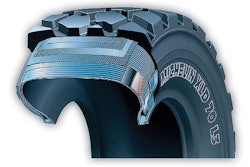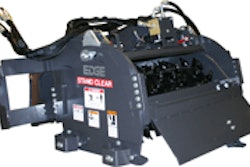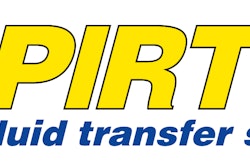Construction equipment manufacturer Kawasaki Motors Corp., U.S.A. Engine and Power Products Division will begin rating its engines next month in accordance with SAE J2723.
This marks a broad departure for the industry, and Kawasaki officials say they believe this critical power rating will alleviate end user confusion about horsepower labeling and “usable” power.
The new move to Critical Power ratings will not reflect the wide tolerance that is currently permitted by SAE J1940, which has been the generally applied industry standard. This new, stringent testing and rating method will assure consumers that they are receiving the power they expect for their application needs.
Purchasers of Kawasaki powered lawn care and other maintenance equipment can be assured that the production engines will produce at least 98 percent of their rated values, not the 15 percent potential variable permitted under SAE J1940.
SAE J2723 rating methodology, in combination with SAE J1995 Gross Power testing procedures witnessed by global testing agency, TUV Rheinland Group, provides an accurate assessment for real world equipment applications for the engines. The agency verifies sample models from specific Kawasaki engine series.
Company officials said that end users of original equipment products using engines from various manufacturers have suffered from uncertainty and confusion when comparing and making purchase decisions based on claimed horsepower ratings.
Kawasaki will stress performance and integrity in ratings through reliance on the very strict SAE J2723 standard. It is, according to the company, better suited to accommodate Kawasaki’s advanced engine and manufacturing technologies.
None of the newly rated engines will exhibit performance differences when compared to current engines being sold, according to Kawasaki.









